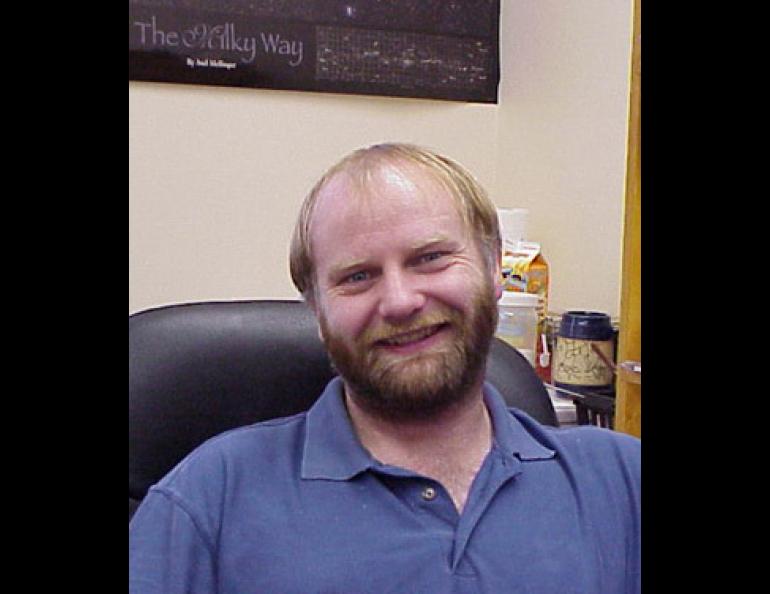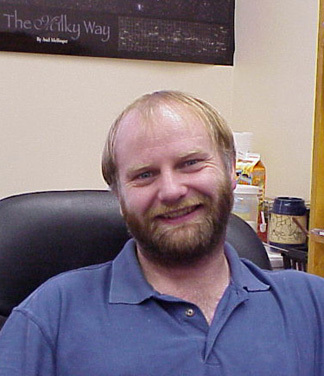
Rocket Scientist Tips Convention on its Side
Mark Conde will soon become the envy of every boy who has ever set off an explosion in the backyard. Conde is a scientist who studies the aurora borealis; he will soon realize a lifelong dream by designing and launching his own rocket.
“This is the type of thing science nerds dream of getting to do,” said Conde, an aurora physicist at the Geophysical Institute at the University of Alaska Fairbanks.
This rocket is no toy. It’s 55 feet tall and has three chambers filled with explosive fuel. The rocket will have the power to penetrate the ionosphere, the thin air where the aurora resides from 60 to 500 miles over our heads.
Conde is a native of Tasmania, an island as separated from Australia in distance and mindset as Alaska is from the Lower 48. He came north to study the aurora borealis eight years ago. He could have stayed closer to home and studied the aurora australis, but the best place to watch the southern lights is on the ice of Antarctica, while in Alaska the aurora borealis performs right above the treetops.
“Here you can live a relatively normal life and still be in the right place to study aurora,” he said.
Conde spends some of his winter nights at Poker Flat Research Range, about 30 miles north of Fairbanks. For the past eight years, he has helped other scientists blast rockets into the ionosphere to study the aurora. Sounding rockets are the best tool to reach the aurora, which is lower than satellites can orbit and out of the reach of balloons.
Scientists have launched hundreds of rockets from Poker Flat since the range’s inception in 1968. While oceans surround most of the world’s other rocket-launch facilities, Poker Flat turns the remoteness of Alaska into an advantage for scientists who want to retrieve instruments held within the skin of a rocket. Researchers aim Poker Flat rockets to the north or northeast; rocket stages arc to the ground in the unpeopled acreage between Fairbanks and the Arctic Ocean.
Conde’s rocket, scheduled for launch in January or February 2003, will be different from the rockets that have gone before at Poker Flat. Instead of flying in a tall, steep arc, Conde’s rocket will tip on its side after it races out of Earth’s atmosphere. Traveling horizontally at 1.6 miles per second, the rocket will pierce a curtain of aurora. At the same time, the rocket will release a harmless chemical plume, 130 miles long. Northern Alaskans will see the release as a blue-white jet trail.
By sending this streamer into the sky, Conde hopes to see how the aurora mixes the ionosphere. During the plume’s 15-minute lifetime, it will show whether the heat of the aurora drives upwelling air currents, like a candle flame disturbs the air above it. Scientists think the aurora should behave this way, but it has not been easy to test the wind 100 miles above the ground. Conde and others will record the chemical trail’s movement on video cameras at Arctic Village and Toolik Lake in Alaska, and at Old Crow in the Yukon Territory. The rocket will also carry experiments designed by John Craven of the Geophysical Institute and the students of UAF professor Joe Hawkins.
Conde’s rocket will be in the air for eight minutes. To be prepared for those 480 seconds, he will have worked for several years—raising money from government agencies, watching over the contractors that build a rocket that’s able to tip sideways, finding the best spot in Old Crow to set up a tripod, and hundreds of other details. When all is complete, he will watch his rocket thunder out of the Chatanika River valley on a moonless night, living the dream of every science nerd.





